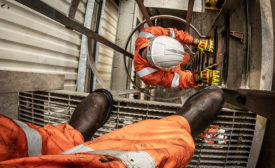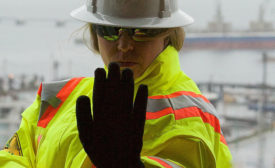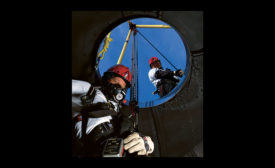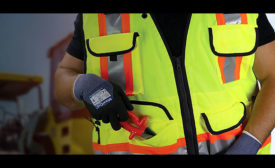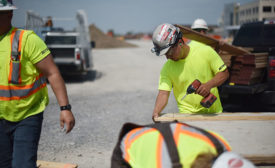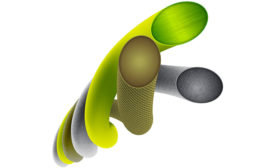Home » worker safety and health
Articles Tagged with ''worker safety and health''
Worker engagement requires enabling workers to speak up
Empowering is not enough – you must ENABLE!
May 24, 2019
Creating the right climate for safety
Leaders need to show their competency, and their caring for co-workers
April 18, 2019
Confined spaces demand caution
First conduct an assessment, then consider three primary options when selecting a confined space rescue service
April 1, 2019
Hi-Visibility garments continue to evolve
We’ve seen the popularity of lighter, more flexible and breathable segmented trim, and more enhanced visibility by integrating LED luminescence directly on the trim.
March 14, 2019
Wear high-visibility safety apparel
You want to stand out to be seen by drivers when working alongside traffic
March 5, 2019
Good health boosts fitness, morale & productivity
Preventive, proactive processes reduce costs & increase safety & performance
February 18, 2019
Innovations in cut-resistant work gloves solve common problems
Cutting-edge answers
February 7, 2019
Never miss the latest news and trends driving the safety industry
eNewsletter | Website | eMagazine
JOIN TODAYCopyright ©2024. All Rights Reserved BNP Media.
Design, CMS, Hosting & Web Development :: ePublishing

